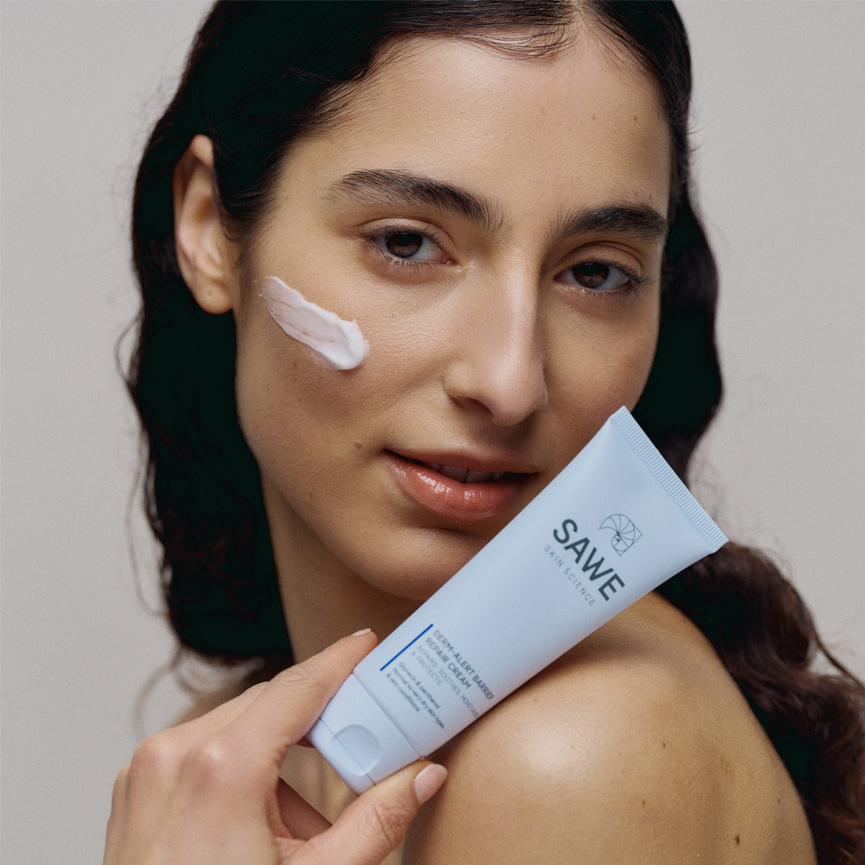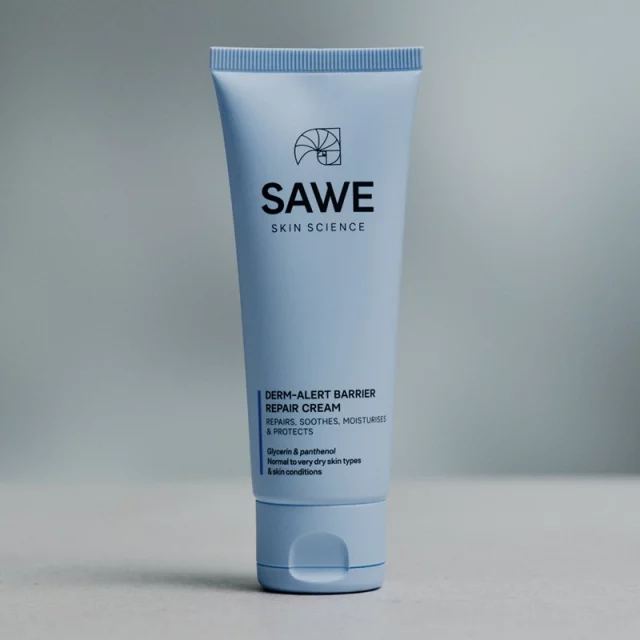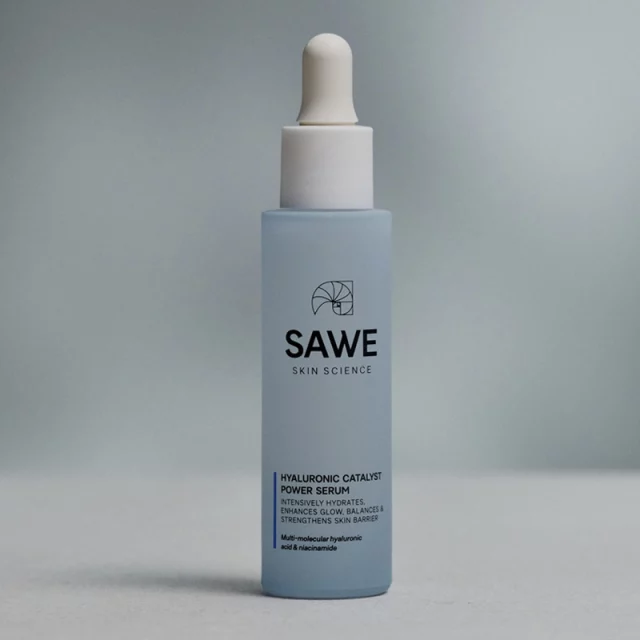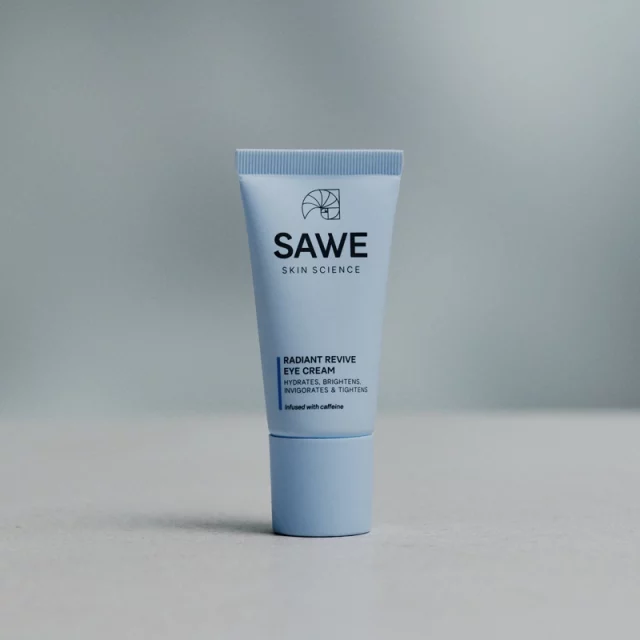

Skin type is something you’re born with, while skin condition can change over time due to age, lifestyle, and environmental factors.
How to Identify Your Skin Type and Condition
Ask yourself the following:
- How does your skin feel after cleansing—tight (dry), balanced, or oily?
- How quickly does your skin become oily during the day?
- Are your pores visible, especially in the T-zone?
- Do you experience flakiness or dryness?
- Is your skin reactive or easily irritated by products?
- Do you have uneven pigmentation or sun damage?
- Can you see fine lines or a loss of firmness?
- Are you prone to breakouts or blemishes?
Skin Types
Balanced and even in texture, normal skin is neither too dry nor too oily, with minimal visible pores. People with this skin type rarely experience major issues and often have a healthy glow.
Only around 5% of the population has a truly "normal" skin type—most people experience changing skin conditions depending on seasons and life phases.
Characterized by:
• Small, barely visible pores
• A tight, sometimes uncomfortable feeling
• Periodic flakiness
• Reduced elasticity
• Early signs of fine lines
• Sensitivity or irritation due to impaired skin barrier
Dry skin produces less sebum, resulting in a lack of natural oils that help protect the skin barrier, making it more susceptible to sensitivity and damage.
This skin type features both dry and oily areas—typically an oily T-zone (forehead, nose, chin) and drier cheeks. Common traits include:
• Visible pores in the T-zone
• Shine or oiliness in the T-zone
• Dryness or flakiness on cheeks
• Difficulty finding suitable skincare and makeup products
Oily skin is marked by:
• Excess sebum production
• Enlarged, visible pores
• A consistently shiny or greasy appearance
• A higher likelihood of acne and breakouts
• Makeup that doesn’t adhere well
Oily skin may need more frequent exfoliation and can be sensitive to changes in routine, lifestyle, or hormones.
Skin Conditions
Sensitive skin overreacts to external stimuli. It is often caused by environmental stressors, harsh products, medications, or lifestyle factors. Symptoms include:
• Redness
• Itching or stinging
• Dryness
• Burning sensations
• Reactions to skincare products
This is a temporary condition caused by a lack of water (not oil) in the skin. It can affect any skin type—even oily skin. Signs include:
• Tightness or discomfort
• Fine lines and flaking
• Dullness and lack of bounce
• Enlarged pores and congestion
• Sensitivity or irritation
• Overproduction of oil to compensate for water loss
Common triggers: dry indoor air, hot showers, incorrect skincare products, or poor hydration habits.
This is a natural part of life but can be accelerated by external factors like sun exposure and poor lifestyle habits.
Common signs include:
• Loss of elasticity and firmness
• Reduced volume and moisture
• Fine lines and wrinkles
• Uneven skin tone
• Dryness and sun damage
Pigmentation issues occur for various reasons and must be understood to be treated effectively.
Sun Damage (Solar Lentigines):
These appear due to long-term sun exposure and aging.
• Appear on sun-exposed areas
• Range from light to dark brown
• Develop gradually
• More common in lighter skin types (Fitzpatrick 1–3), but can affect all
Hormonal Pigmentation (Melasma):
• Hormonal fluctuations (pregnancy, birth control)
• Genetics
• Sun exposure combined with hormonal activity



